Algae Attack: Say Goodbye to Green Gunk and Keep Your Home Spotless!
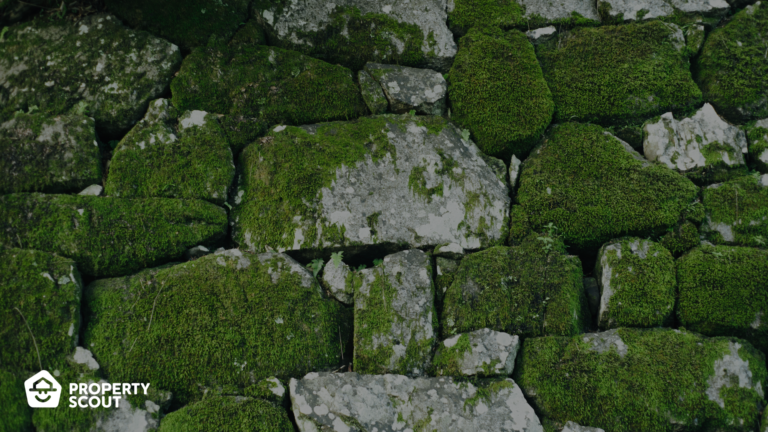
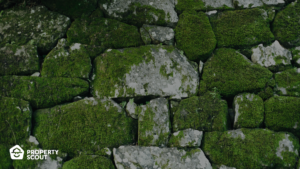
Algae stains can wreak havoc in our homes, posing a serious safety hazard. With their slippery nature, unsuspecting homeowners may find themselves at risk of slips and injuries. That's why it's crucial not to underestimate the importance of eradicating algae stains, especially during the relentless rainy season when precipitation persists throughout the day. The resulting accumulation of water hyacinth residue on various surfaces becomes an exasperating headache for homeowners.
In this article, PropertyScout presents a comprehensive compilation of proven methods to rid your home of algae stains. Not only will these techniques help prevent accidents, but they will also restore the overall allure and cleanliness of every corner in your beloved abode.
What is Algae?
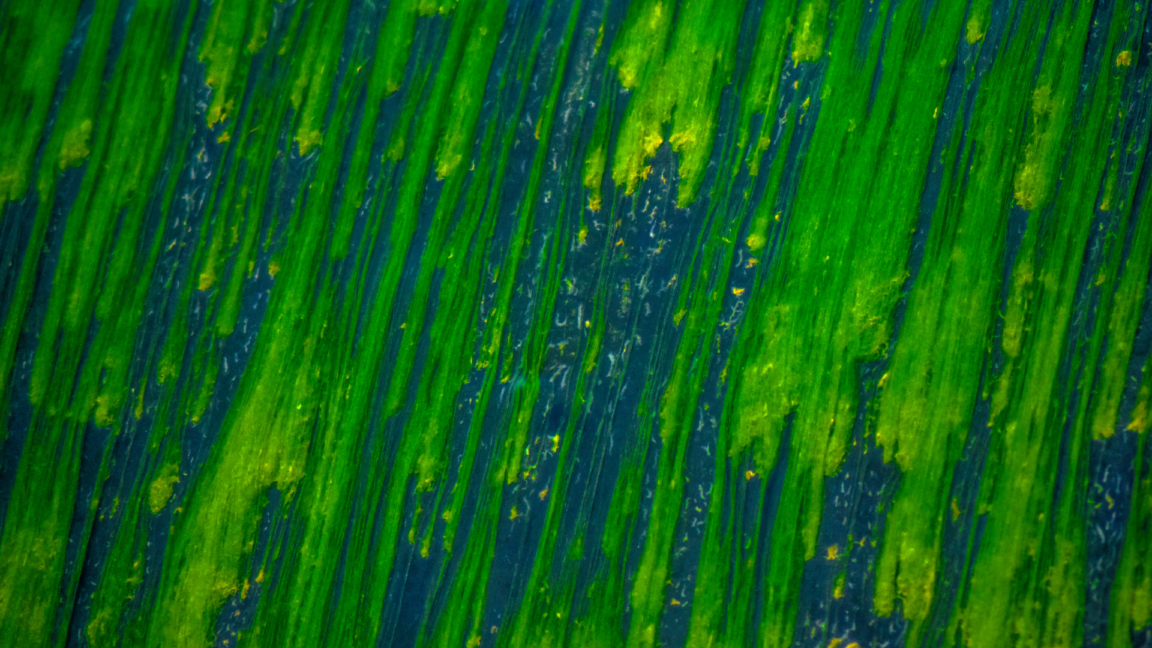
Algae, a single-celled organism, thrives and attaches in areas with flowing water. It grows and clings due to the presence of oxygen, carbon dioxide, suitable temperatures, and nutrient-rich water, along with adequate sunlight. These algae develop into green patches as they flourish and adhere to surfaces.
The visible algae commonly seen consist of various types, including cyanobacteria, coexisting in groups. Some groups adhere to moist areas, while others reside in or under water. Each group exhibits distinct colors, depending on the composition of algae present.
Cleaning Algae stains in different spots of the house
Algae on the Concrete Surface of the House
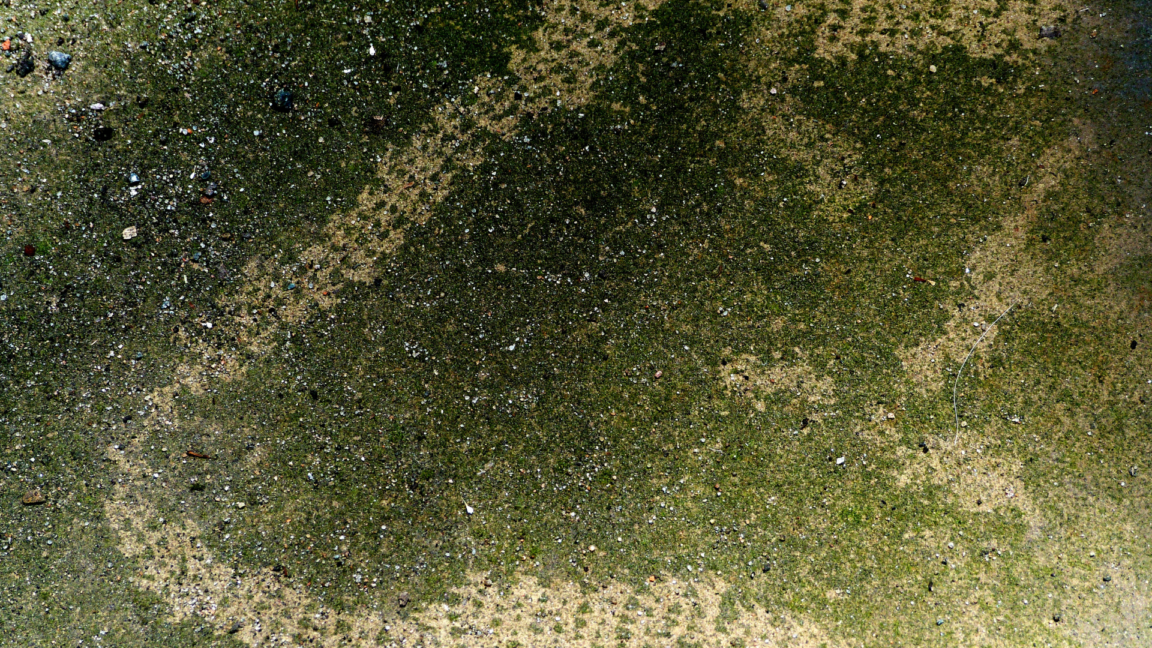
One of the areas around the house where algae is commonly found is the concrete surface or entrance made of cement. Over time, black stains tend to appear and gradually spread. If the area is moist or during the rainy season, green algae can quickly grow on the concrete surface within a few days. Removing algae from the concrete surface is not difficult, but it may require some assistance, such as using a 'high-pressure water sprayer,' commonly used for car washing. Simply open the sprayer and direct it towards the area with algae, effectively washing it away. By doing so, algae will no longer be a persistent nuisance.
Algae on Pathways
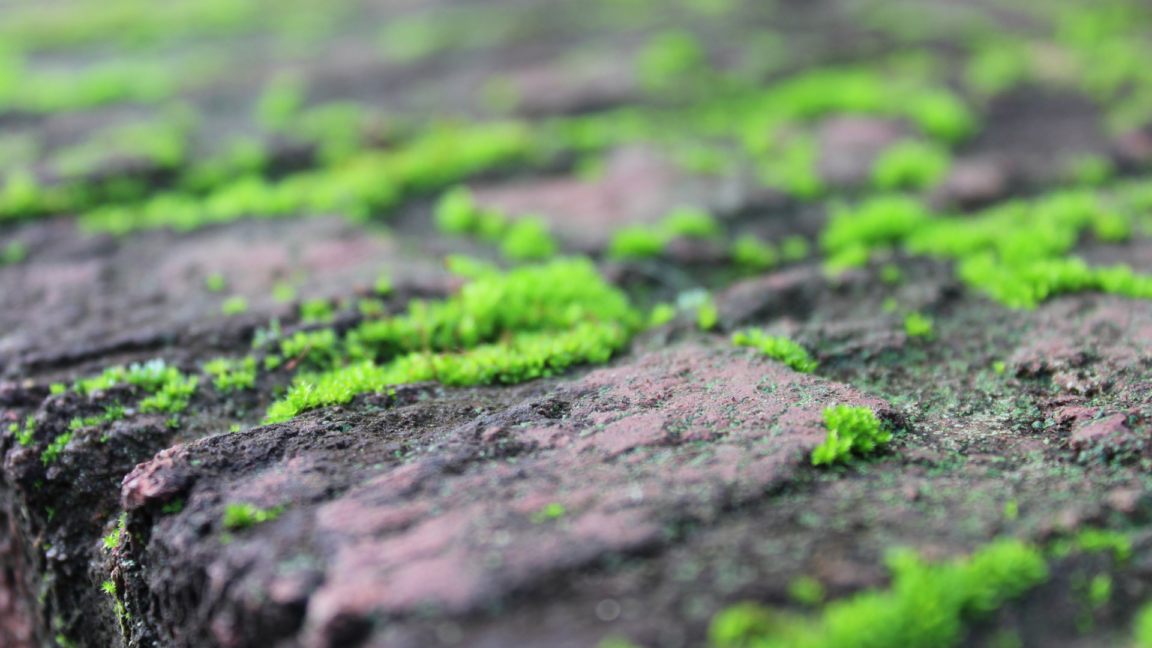
Pathways are often plagued by the recurring presence of algae, no matter how many times they are cleaned off. This not only creates slippery surfaces but also poses a safety hazard. Moreover, many houses use bricks as a component for constructing pathways, leading to frequent water accumulation. To eliminate algae, apply an anti-fungal and algaecide solution to the affected areas and let it sit for approximately 15-20 minutes. Then, rinse it off and scrub the surface using a stiff brush. Finish by rinsing with water. By following these simple steps, you can enjoy algae-free pathways that are safe to walk on.
Algae in your hose
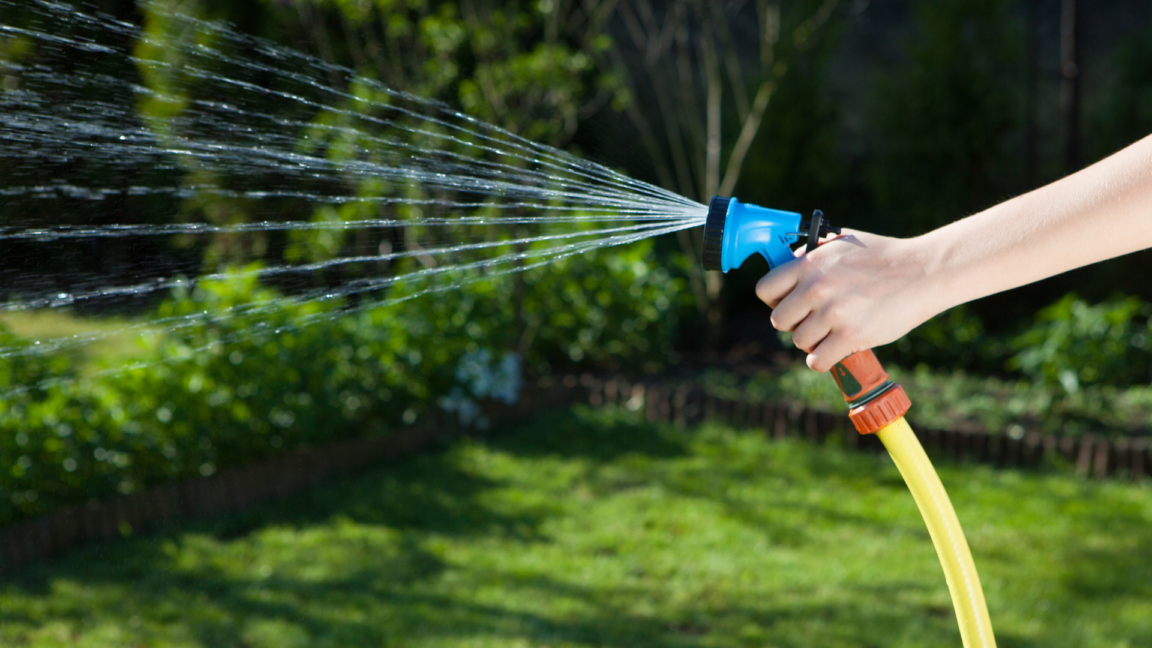
It's common to find algae growth on rubber hoses that we use daily. In some cases, it may be difficult to see the algae inside the hoses, especially with thicker, opaque ones. However, there are simple methods to eliminate this issue. One effective solution is to use an 'abrasive sponge with foam' or an 'old pot scrubber' that is no longer in use.
Start by cutting the abrasive sponge or pot scrubber into smaller pieces than the size of the rubber hose. Then, insert the cut pieces into the hose. Utilize the water pressure to guide the abrasive pieces through the hose, effectively removing the algae. Repeat this process 2-3 times. If you still feel that the hose is not clean, it will be as good as having a brand-new rubber hose.
Algae on the Roof
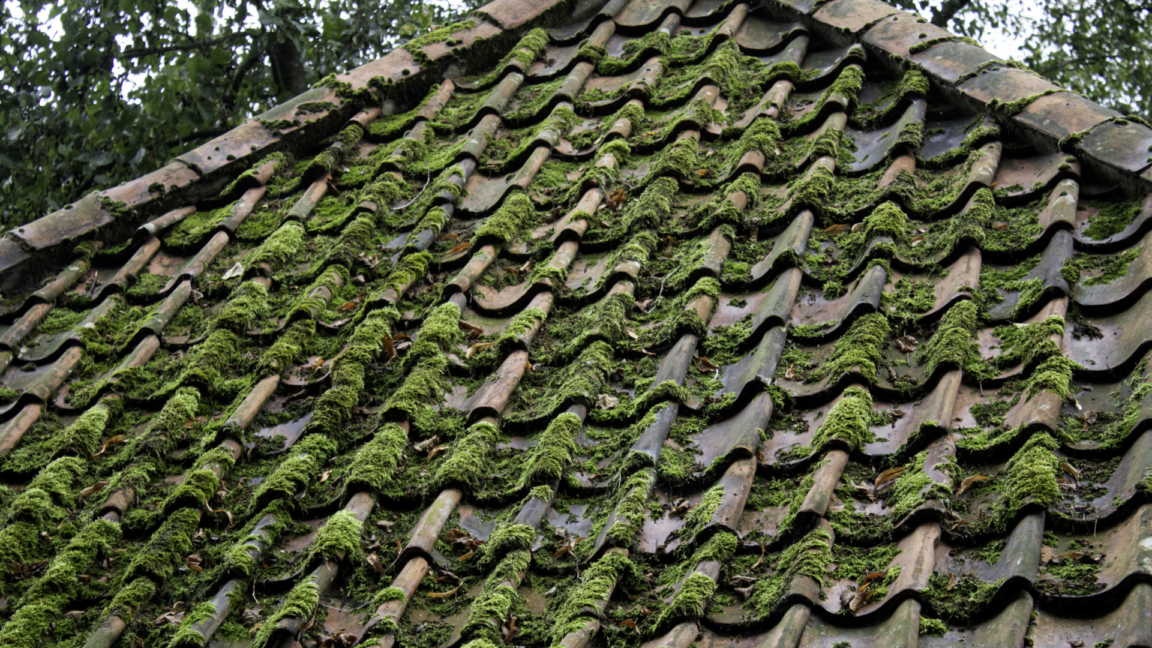
Roof surfaces that are out of sight, such as carport roofs or roofs of pet shelters, often harbor algae growth. Even if sunlight shines on these surfaces regularly, the combination of moisture and seasonal rainfall becomes a prime factor for the development of algae. Fortunately, there are simple ways to eliminate this issue.
To remove algae, start by pouring boiling water onto the affected areas. Follow this up with cleaning products such as soap or laundry detergent. Next, use a stiff-bristle scrub brush to vigorously scrub the surface. Finally, rinse thoroughly with clean water. By following these steps, you can effectively eliminate algae growth on hidden roof surfaces, ensuring a clean and well-maintained environment.
And with that said, Stay Algae-Free!
PropertyScout aims for this article to provide practical benefits to everyone who applies its methods. The focus is on eradicating algae from concrete surfaces, thereby preventing unexpected accidents and improving the aesthetics and livability of our homes. Although moisture is the main cause of algae growth, the presence of stagnant water in the area can also contribute to its formation. By implementing these techniques, you can successfully combat algae growth, ensuring a safer and more appealing environment for our properties.
Stay algae-free today with PropertyScout's expansive selection of property ranging from houses to townhouses and condos today!



